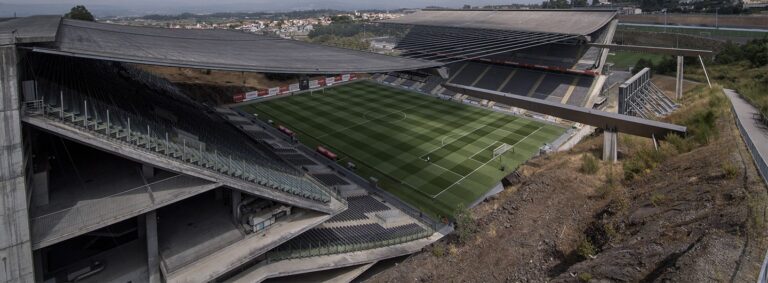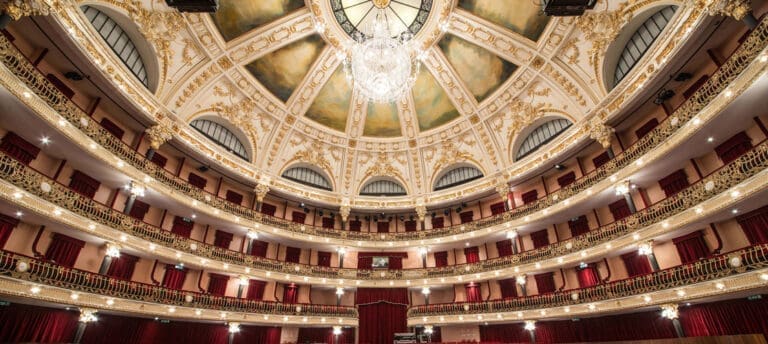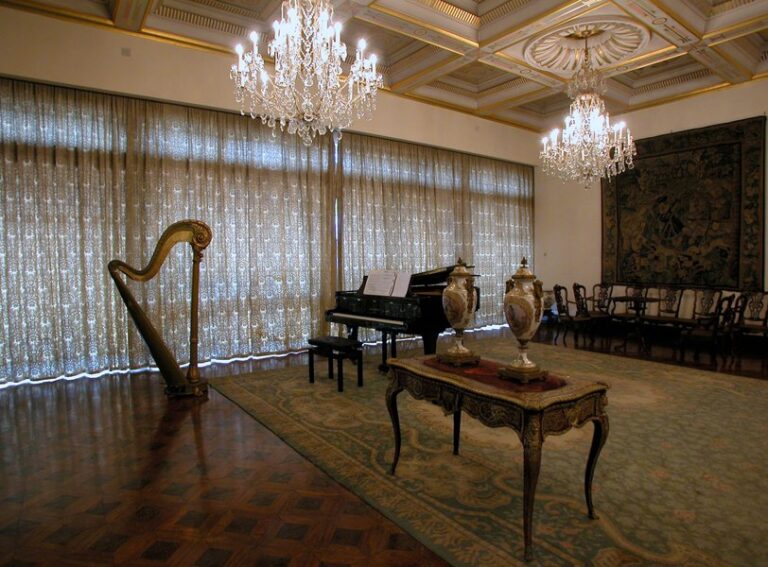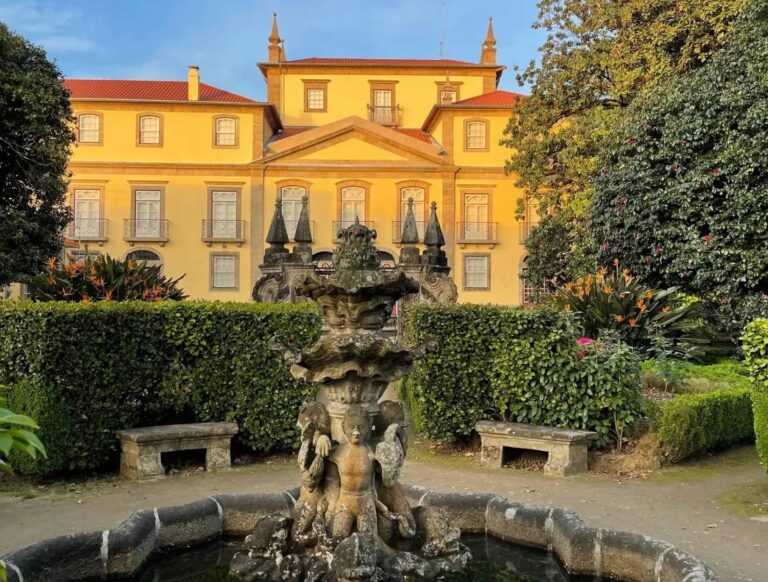The small chapel of Montélios owes its existence to San Frutuoso, bishop of Dume and Braga in Visigothic times, who chose to be buried here in the 60’s of the VII century.
In a first phase, and under the command of João de Moura Coutinho, I intervened the monument based on the late-antique buildings of Ravenna. To achieve this, decorative elements were reproduced, similar to others that appeared during the dismantling of numerous adjacent buildings.
In its small dimensions, Montelios is one of the most fascinating medieval monuments of the peninsula, simultaneously related to Mediterranean works of the 5th-6th and 9th-11th centuries. Regardless of the future direction of historiography, it will continue to be an indispensable work in studies dedicated to the Western High Middle Ages.
The Igrexa de São Jerónimo de Real has a privileged location, offering magnificent views of the city. This baroque and rococo style church was built with Franciscan architecture and belonged to a convent of the Franciscan Order. Its interior is covered by canon vaults with stone slabs and wooden panels in the nave. In addition, it also has rococo and baroque altarpieces, as well as an admirable main altarpiece in the baroque style.

 Braga, Northern Portugal
Braga, Northern Portugal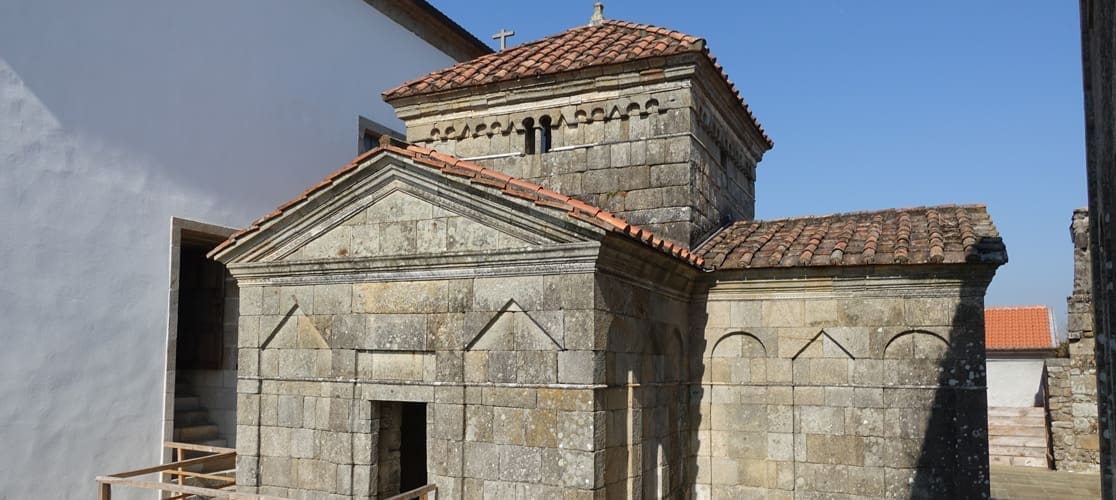
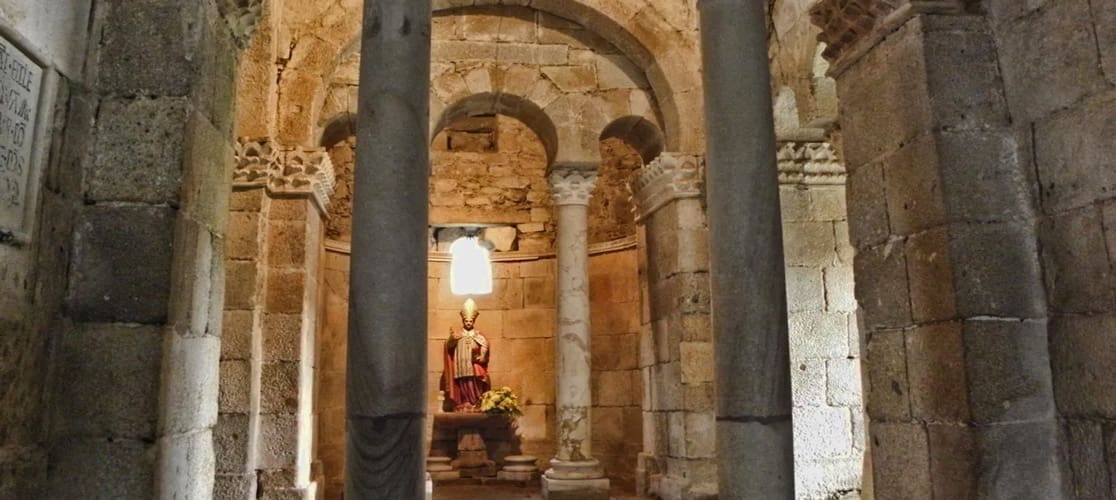





 Página Web
Página Web 